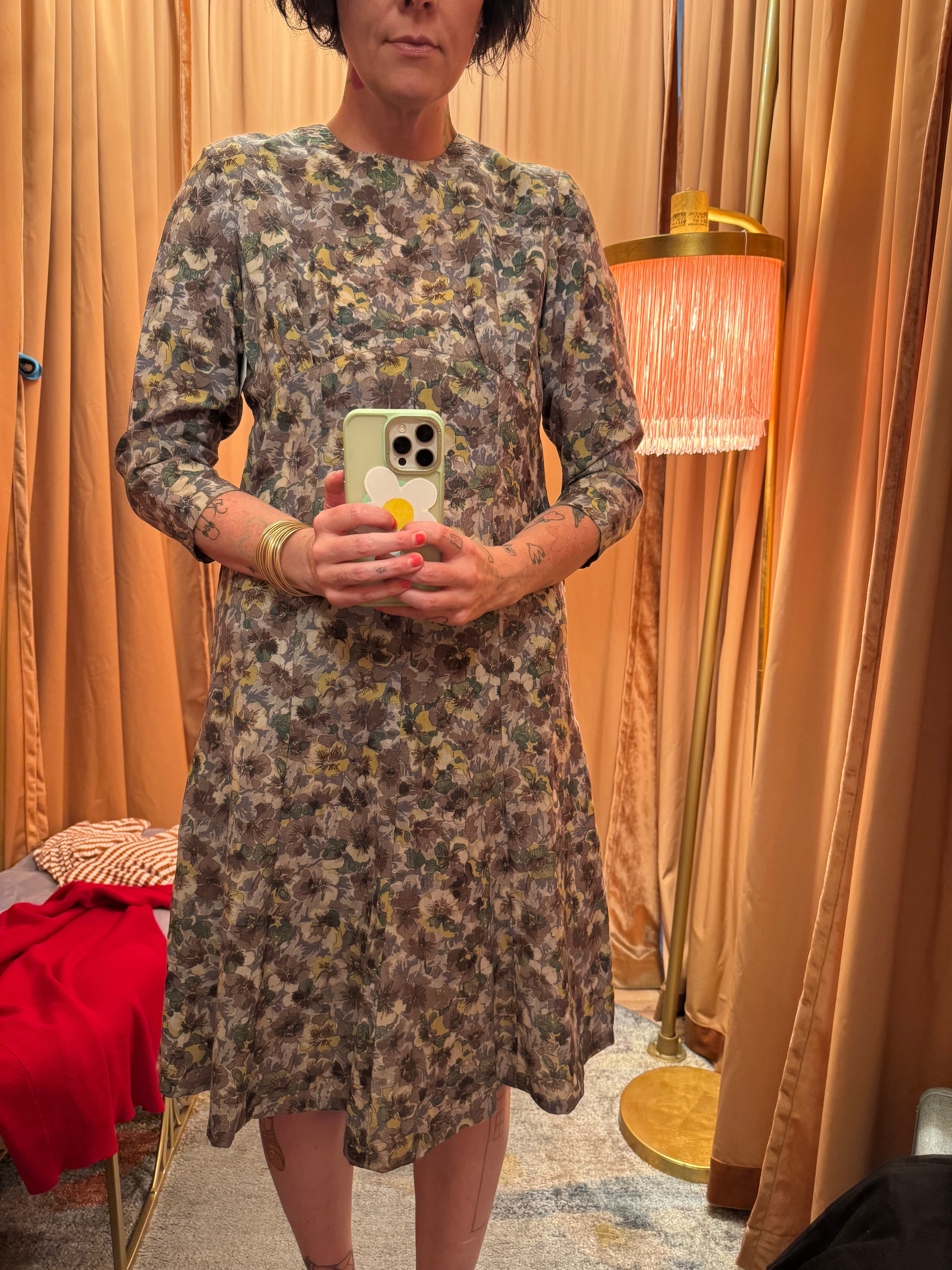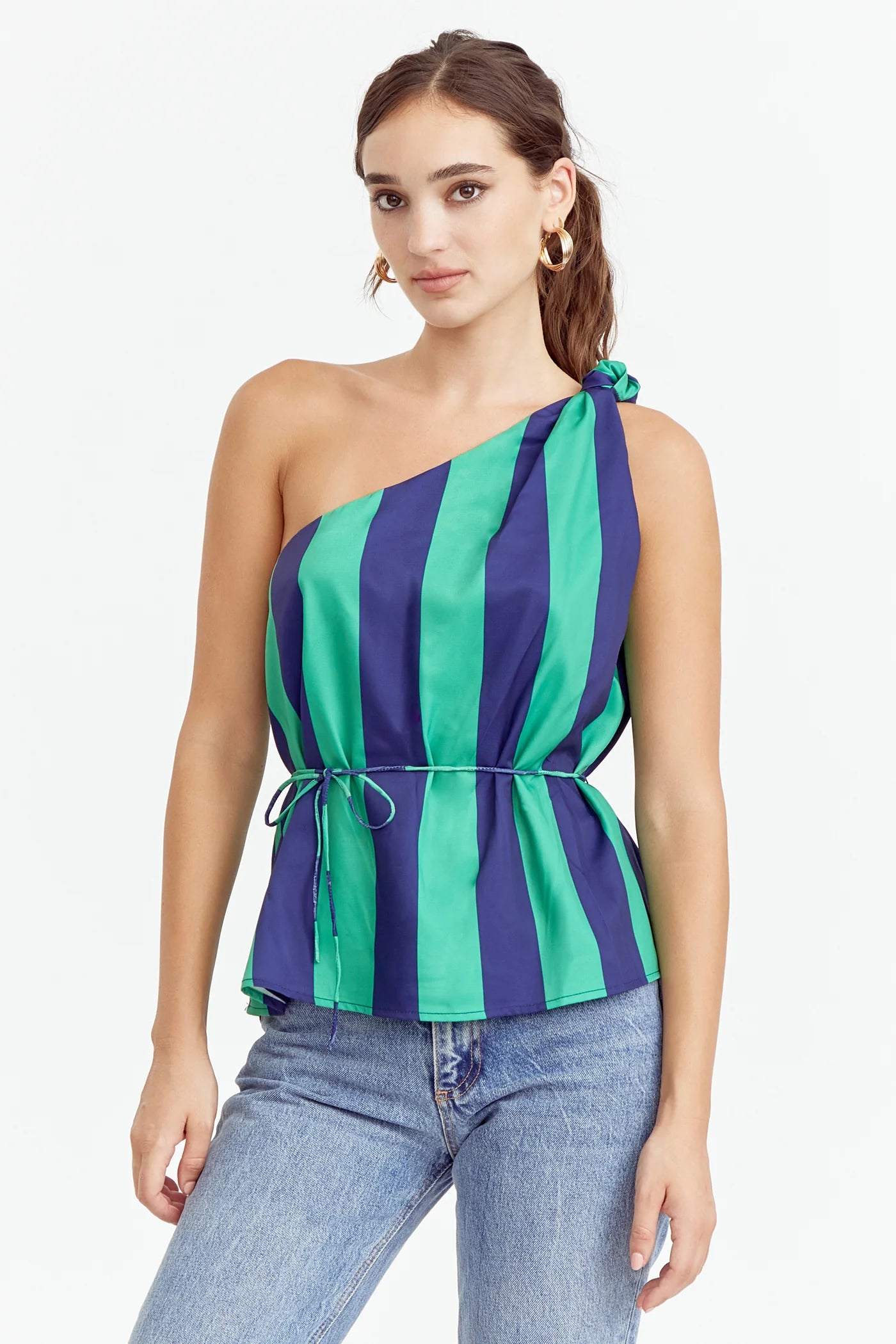A Journey Through Time: The Captivating History of Women's Fashion
Fashion is not merely about clothing; it is a reflection of society, culture, and the evolving roles of women throughout history. From the opulent gowns of the Renaissance to the bold and revolutionary styles of the 20th century, women's fashion has been a dynamic and ever-changing canvas of self-expression. Join us on a fascinating journey through the rich history of women's fashion, exploring the iconic trends, influential designers, and societal shifts that have shaped the way women dress.
Ancient Times: Elegance and Drapery
The history of women's fashion can be traced back to ancient civilizations, where clothing was not just practical but also symbolic of status and identity. In ancient Egypt, women adorned themselves with flowing linen garments, intricately draped to accentuate the natural curves of the body. The Greeks introduced the chiton, a simple yet elegant garment draped and pinned at the shoulders, while the Romans embraced the stola, a long tunic-like dress worn over an undergarment called a tunica.
Medieval Elegance: Silhouettes and Sumptuous Fabrics
The Middle Ages ushered in an era of elaborate silhouettes and luxurious fabrics, reflecting the opulence of the feudal system. Women's fashion was characterized by voluminous gowns with fitted bodices, flowing sleeves, and ornate embellishments. The iconic silhouette of the medieval period was the "houpelande," a voluminous outer garment worn over layers of underskirts and chemises. Sumptuous fabrics such as velvet, silk, and brocade were reserved for the noble classes, while commoners wore simpler garments made of wool and linen.
Renaissance Splendor: Artistic Inspiration and Exquisite Detail
The Renaissance era brought a revival of classical art and culture, influencing women's fashion in profound ways. Inspired by the paintings of artists like Botticelli and da Vinci, women embraced voluminous skirts, corseted bodices, and intricate embroidery. The iconic silhouette of the era was the "farthingale," a hoop skirt that created a cone-shaped figure accentuated by elaborate ruffs, cuffs, and headdresses. Richly embellished fabrics, such as brocade and damask, were favored by the elite, while lace became a symbol of wealth and prestige.
18th Century Elegance: Rococo Extravagance and the Rise of the Corset
The 18th century marked a period of extravagance and refinement in women's fashion, epitomized by the ornate and delicate styles of the Rococo era. The silhouette evolved into a slender, elongated figure with tightly cinched waists and wide skirts supported by panniers. The corset became a staple of women's attire, reshaping the body into the desired hourglass silhouette. Fabrics such as silk, satin, and lace were used to create sumptuous gowns adorned with intricate embroidery, ruffles, and bows.
Victorian Elegance: Modesty and Innovation
The Victorian era brought a shift towards modesty and restraint in women's fashion, influenced by Queen Victoria's personal style. The iconic silhouette of the period was the "hourglass," characterized by a narrow waist, full skirts, and voluminous sleeves. The crinoline, a cage-like structure worn under skirts, replaced the heavy layers of petticoats, creating a lighter and more comfortable silhouette. Women's fashion also saw innovations such as the sewing machine, which enabled the mass production of clothing, and the introduction of synthetic dyes for vibrant colors.
20th Century Revolution: From Flappers to Power Suits
The 20th century witnessed a revolution in women's fashion, reflecting the changing roles and attitudes of women in society. The "Roaring Twenties" brought the rise of the flapper, with its boyish silhouette, dropped waistlines, and daring hemlines that scandalized society. The Great Depression of the 1930s brought a return to elegance and femininity, with bias-cut gowns and sleek silhouettes.
The post-World War II era ushered in the era of the "New Look" by Christian Dior, characterized by full skirts, nipped-in waists, and a return to opulence after the austerity of wartime. The 1960s saw the rise of the miniskirt and mod fashion, influenced by the youth culture and social movements of the time. The 1970s embraced the bohemian and hippie styles, with flowing maxi dresses, bell-bottoms, and peasant blouses.
The 1980s brought power dressing and shoulder pads, reflecting the rise of women in the workforce and their desire to assert authority in a male-dominated world. The 1990s saw a return to minimalism and grunge-inspired fashion, with slip dresses, flannel shirts, and combat boots becoming iconic staples.
21st Century Fusion: Diversity and Individuality
Today, women's fashion is a vibrant tapestry of diverse styles, influences, and identities. The rise of social media and e-commerce has democratized fashion, allowing individuals to express their unique sense of style and connect with like-minded communities. From sustainable fashion and gender-fluid designs to vintage revivals and haute couture, the landscape of women's fashion continues to evolve and inspire.
As we look back on the captivating history of women's fashion, we are reminded of its power to reflect, inspire, and empower. Each era has brought its own trends, innovations, and societal shifts, shaping the way women dress and express themselves. Whether embracing the elegance of the Renaissance or the boldness of the Roaring Twenties, women's fashion remains a timeless and ever-evolving art form that celebrates the beauty and diversity of the female experience.








